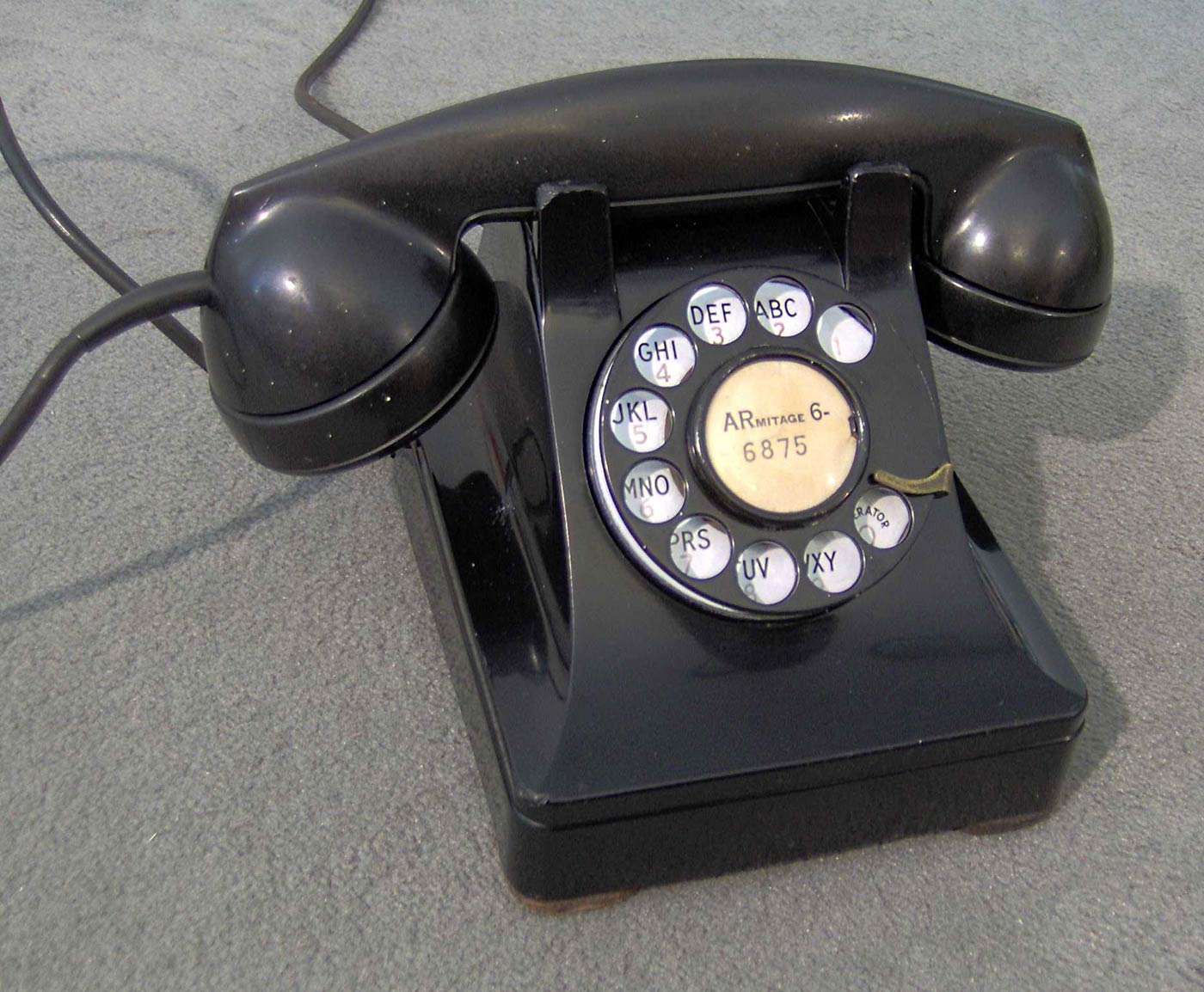Scott Hurff on designing at Tinder
The O’Reilly Design Podcast: Design at Tinder, Awkward UI, and the UI Stack.
 Designed by Henry Dreyfuss, the Western Electric Model 302 was ubiquitous in television shows of its time, including "I Love Lucy." (source: By ProhibitOnions on Wikimedia Commons)
Designed by Henry Dreyfuss, the Western Electric Model 302 was ubiquitous in television shows of its time, including "I Love Lucy." (source: By ProhibitOnions on Wikimedia Commons)
In this week’s Design Podcast episode, I sit down with Scott Hurff, product manager and lead designer at Tinder, Inc. Hurff is the author of Designing Products People Love. In this episode, we talk about how Tinder approaches design, avoiding awkward UI, and why customer research is the most important skill for future designers.
Here are a few highlights from our conversation:
Questions of structure
At Tinder, the product team is about five people, six people. What’s interesting is that we’re trying to grow really quickly. There’s a give and take on how we divide up product design responsibilities and product management responsibilities. There is a lot of engineering talent here, and they need a lot of product to work on. It’s a matter of, how do we structure ourselves so we can give them thought-through, packaged-up, ready-to-go ideas and concepts while still hammering out the details in time.
Design as a full-contact sport
Design is such a part of the Tinder experience. It may not seem like that’s the case because it’s such a simple app, but that’s only because everything goes through this distillation process. You have to really fight for real estate and your idea. Design’s really a full-contact sport here. You have to bring in all the big guns to make your case. Sometimes these can be really long debates, but they’re good; they’re healthy. They get the ideas out on the table, and a lot of times, design really has to be put through its bases to prove itself.
Awkward UI
Awkward UI is that feeling you get when you’re using a digital product and something doesn’t feel right. I had been struggling on what to call that or even what it was. The example I used, because I use Apple TV a ton, is when I’m loading my library, my personal library—movies, or TV shows, or whatever—and I select “All Titles” or whatever the menu item is, and it just sits there, blank. There’s no loader, there’s no indication of activity; I think, “Oh, man. There’s been some fluke.” I do this every time. I use this a lot and I still feel this way every time. “Is the Internet down? Did Apple erase all my movies?” You start to go through these panic modes, and then, “Oh, there they are. Oh, everything’s fine.” It just snaps into place, it just appears out of nowhere. As humans, we need to see motion from start to finish. Things don’t just drop into place out of thin air, unless you’re in Star Trek or something.
Five states of the UI Stack
I call this the “UI Stack,” where it’s building on the idea from way back when 37signals, now Basecamp, wrote this great book, Getting Real, in ’06; it was a big influence on me. They invented the “Three State Solution,” where it was blank state, ideal state, and error state, I believe. Really, there are more. There’s more to it than that, especially since mobile apps have introduced touch-based UIs. There’s really, I think, five states. The UI Stack consists of those five states: blank, error, ideal, partial, and loading. When a UI doesn’t have those states, it feels weird, and it presents you with a jarring feeling. Part of the whole premise of moving between these states is that you show the progression. You show the progression from blank, to partial, to loading, and back and forth.
Don’t forget the past
An important skill for designers is being able to interpret customer research and being able to actually perform it. The big source of everything is that my products exist is to find a customer. If you don’t know who that customer is or if you are thrown off by whatever and going after the wrong person or group of people because of that, you’re going to waste a ton of time and money. I think designers need to be able to at least detect if things were done or if research was conducted soundly. If it’s not, then find someone who can do that for them because I think technology has gotten a pass, where we’ve embedded in our culture this “raise a bunch of money, burn the ships mentality, ship it, fail faster,” that whole thing. We’ve been able to get away with that because of this sheer mass of the market; there’s so many devices coming online, there’s so many potential customers out there, and I think it’s led us to forget the practices of the past.
The staples of everyday life
Henry Dreyfuss, one of the greatest industrial product designers ever, like the Steve Jobs of the 30s and 40s, made reassertions and actually sitting down and doing what his customers were doing part of his routine. He invented the I Love Lucy black telephone and the round thermostat. It’s these staples that are everyday life that you don’t realize, like, “Wow, someone thought through this design and it’s a massive success.” Research, I would say, is the next set of skills.
